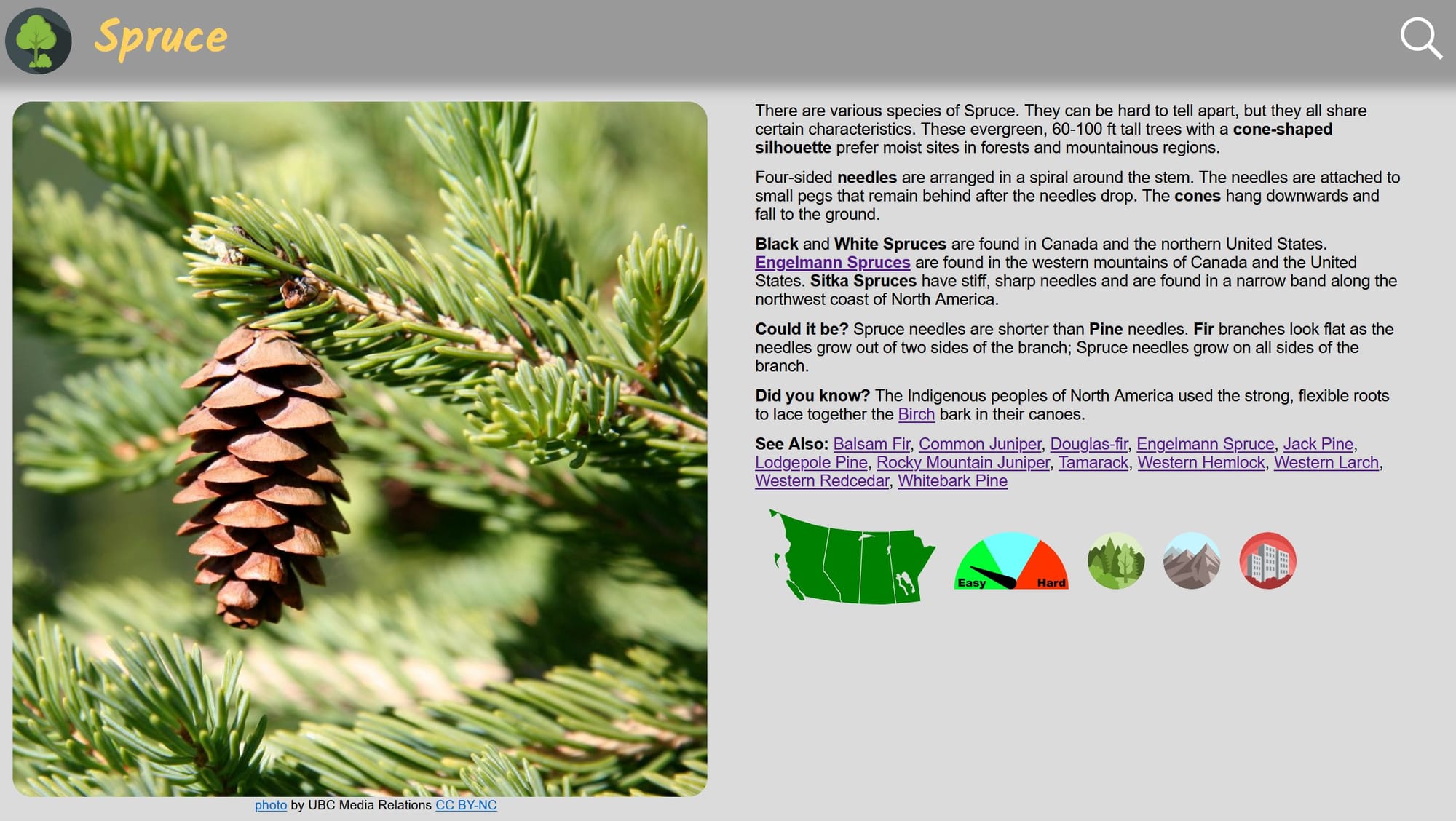Community Leaders & Books: January 2025

We profile local community leaders and post book reviews on a weekly basis on social media, along with excerpts from Nature Companion, our nature app/website. Once a month we repost these items on our website for those of you who may not be active on social media.
Community Leaders
Manitoba: The Manitoba Energy Justice Coalition champions a just transition to environmentally and socially responsible energy sources. They seek to protect and restore the environment while promoting social justice policies and community resilience, now and in the future. They hosted Community Canvass Training on January 11 to help participants build or expand their skills in engaging in energy justice conversations.
British Columbia: Creston is transforming 10 acres of municipal land into an educational wetland ecosystem with space for wildlife alongside wetland and woodland trails. They have created two hibernacula where cold-blooded animals can hibernate and plan to create bat habitat.
Saskatchewan: Wild About Saskatoon invites Saskatonians to enjoy the wild side of their city. They promote Pollinator Paradise native plant gardens and invite people to visit local nature hotspots. They host online webinars: Jan. 23, Newcomers Love Nature; Feb. 26, Pesticides and Prairie Wetlands: A Battle for the Burden of Proof; and Mar. 19, Indigenous Relationships with Plants.
Alberta: Boreal Avian Research & Conservation Association focuses its attention on western Canada’s boreal forest. They’re monitoring the raptor communities, cavity-nesting owls, and songbirds in Genesee as well as documenting northern saw-whet owl nest box usage and migration patterns.
Books
A Natural History of Empty Lots by Christopher Brown: “We tend to ignore the wild nature that lives in the city, right under our noses, integrated into the fabric of our everyday life. Learning to see the nonhuman life that lives in the urban edges – like the coyotes that prowl the Chicago Loop, the raptors that nest on Manhattan skyscrapers, or the bats that fill the summer skies of downtown Austin – can rekindle our dormant connections with our own wild nature.”
Power Metal: The Race for the Resources that will Shape the Future by Vince Beiser: “To build a sustainable world run on the digital technology we already take for granted and the carbon-free power we absolutely require, we need a whole new approach,” one that avoids the environmental havoc, political upheaval, and rising violence we’re currently experiencing in the search for essential materials.
From remote islands off the coasts of Scotland and Wales, south to Argentina, and west to Ireland, Roger Morgan-Grenville faithfully follows the annual migration of the Manx Shearwater in Shearwater: A Bird, An Ocean, and a Long Way Home.
“Those little black and white birds out there … were slowly increasing in number year after year. If they could do that with all the rats, cats, gulls, skuas, buzzards, lights, wind turbines, disease, long-line fishermen, storms and God knows what else that was routinely deployed against them, just think what they could do – what all the other pelagic birds could do for that matter if we actually started mending the bits of their world that we have broken.”
Rivers Run Through Us: A Natural and Human History of Great Rivers of North America by Eric B. Taylor “speaks to the intimate connection between rivers and human development”, from salmon on the Fraser to irrigation and power generation on the Columbia.
“We must learn to share water with the natural world and, if anything, err on the side of allocating too much, rather than too little, water to rivers to sustain their ecosystems. To achieve this shift, our societies will need to embrace what Luna Leopold called a ‘reverence for rivers’ and learn to live within the constraints imposed by the variable but ‘time-tested’ cycles of rivers.”
In Climate Hope: Stories of Action in an Age of Global Crisis, David Geselbracht says, “Each day we face a torrent of grim news about climate change, and it doesn’t always reflect the progress made and those making it … Many are working to transition from a high emissions to a lower-emissions world, with all the tremors, resistance and practical hurdles that brings, but also with ancillary benefits like less pollution that clogs our lungs. And this is all because of people, those rallying in the streets, inventing technologies, developing policies, engaging in negotiations, and eschewing the easy pose of cynicism for the hard work of curiosity and collaboration.”
Nature Companion
Canada’s First Nations people used spruce’s strong, flexible roots to lace together the birch bark in their canoes.

Nature Companion is a free app/website introducing many of plants and animals found in Canada’s four western provinces.
Photo credit: https://www.flickr.com/photos/apmckinlay/11609455884
EcoFriendly West informs and encourages initiatives that support Western Canada’s natural environment through its online publication and the Nature Companion website/app. Like us on Facebook, follow us on BlueSky, X, and Mastodon, or subscribe by email.

Member discussion